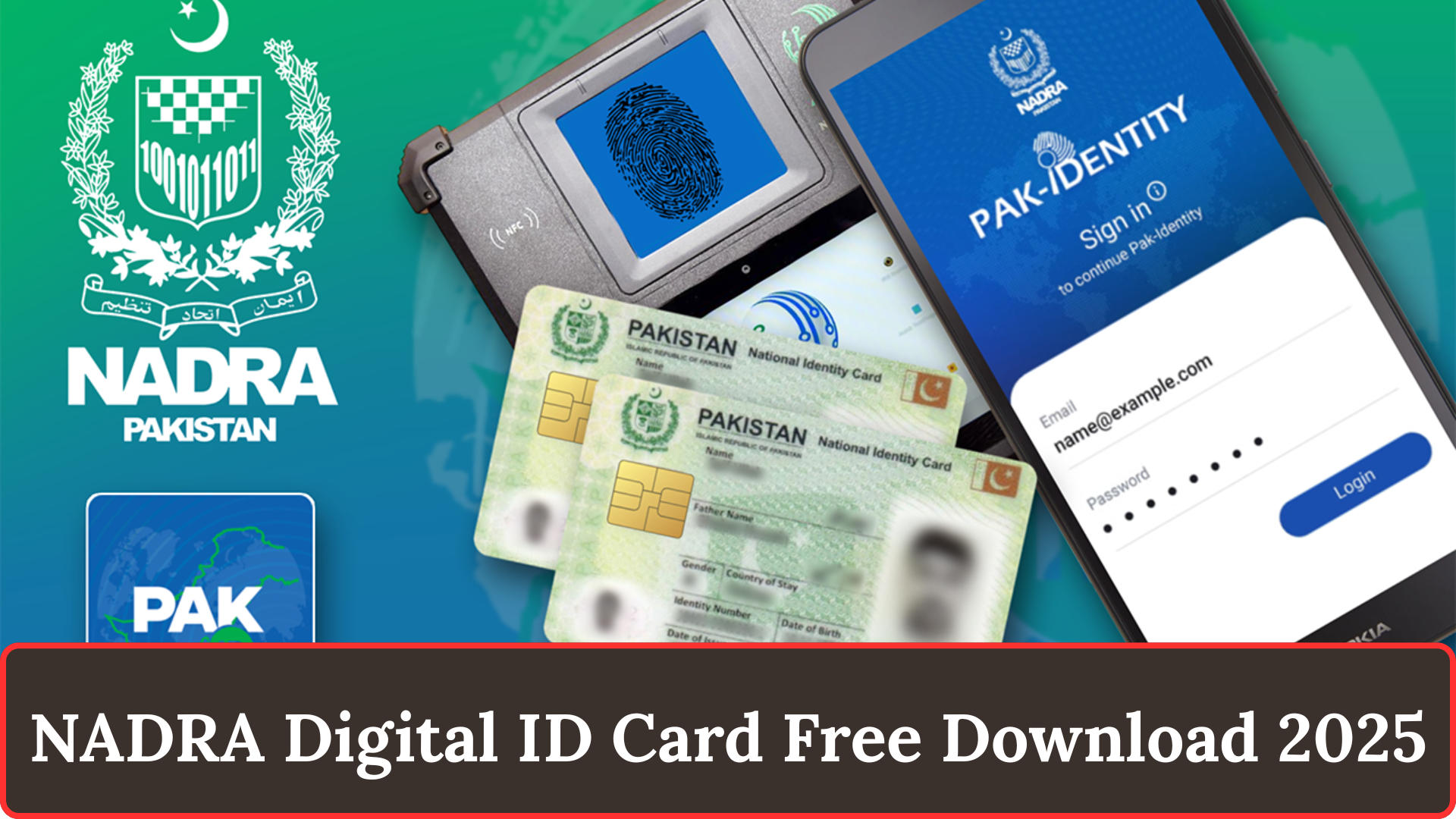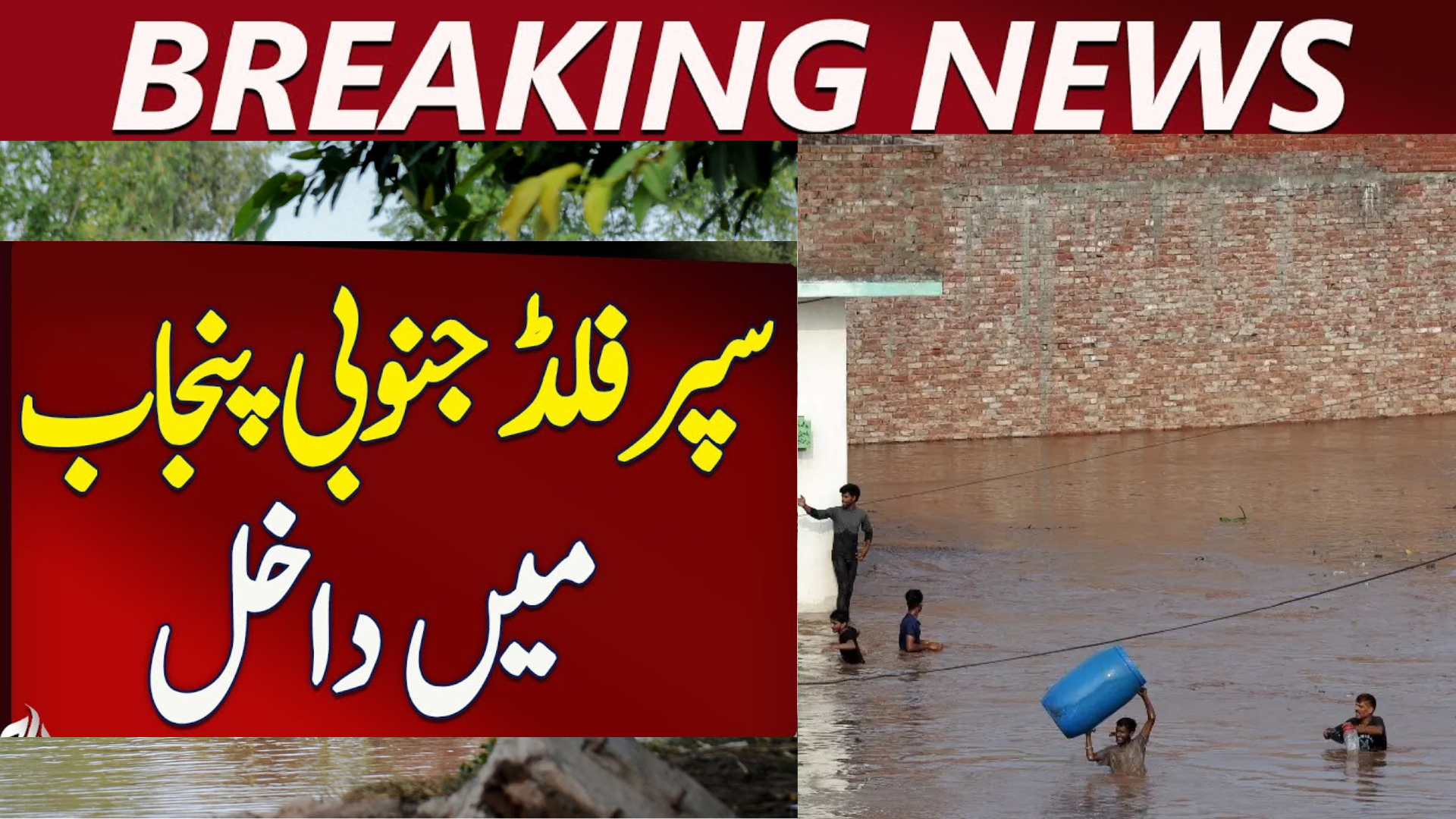Sindh E-Challan System 2025: What Karachi Vehicle Owners Must Know. Yes — the Government of Sindh has launched a new e-challan system for Karachi, meaning drivers must ensure their vehicle registration is up-to-date. If you don’t, you could face fines even if you’re not behind the wheel. The keyword here: e-challan vehicle registration Karachi 2025.
What’s Changing?
The H2 keyword: e-challan Karachi 2025. Under the announcement by Zia ul Hassan Lanjar, Karachi’s traffic enforcement is getting a major upgrade: the new system will issue e-challans based strictly on the vehicle’s registration record, not just the driver at the scene.
Key Features at a Glance
Here are the main points of the e-challan rollout:
- Registered-owner linkage: Every e-challan will be sent to the person listed as the registered owner of the vehicle.
- Motorcycle policy: Two types of challans for bikes, both addressed to the owner on record.
- Post-sale registration offence: If you sell a vehicle and remain the registered owner, you may still get penalised.
- Heavy vehicle tracking: Over 10,000 trailers/tankers are already connected; if they exceed 30 km/h within city limits, automatic challans apply.
- Tamper & fancy number-plate detection: The system flags manipulated plates.
- Full camera-network rollout: Every traffic signal in Karachi will be equipped within months; 12,000 cameras planned in next 12-18 months.
Why It Matters
- The goal: more accountability in traffic law enforcement only the owner can be held responsible, so evading penalties becomes harder.
- It promises more automation and fewer manual interventions, meaning fines may increase for unregistered or mis-registered vehicles.
- For Karachi, a megacity with huge traffic flow, this means traffic control moving into the “smart city” era.
Benefits & Challenges
| Benefits | Challenges |
|---|---|
| Owners must face consequences — greater trust in system | System success relies on up-to-date ownership / registration records |
| Automation reduces manual policing, helps transparency | Rolling out 12,000 cameras + full signal-integration is a big task |
| Heavy-vehicle tracking improves road-safety | Privacy concerns: constant camera/tracker monitoring could raise issues |
| Tamper detection and plate-recognition deter violations | Enforcement follows only if payments and records are managed properly |
This table offers readers a clear and scannable summary — good for SEO and readability.
What Vehicle Owners in Karachi Should Do Now
Prepare Yourself: Steps to Take
If you own, drive or sell a vehicle in Karachi under the new system, follow these practical steps (keyword: vehicle registration update Karachi):
For Current Owners
- Check your vehicle registration: Ensure your name is the one listed on the vehicle licence.
- If you sold the vehicle, transfer registration immediately: Avoid liability for the new owner’s violations.
- Keep records of sale and transfer for proof.
For Buyers of Used Vehicles
- Confirm the previous owner has cleared all challans and transferred registration.
- Do not rely solely on informal sale deeds always check the official record.
For Heavy Vehicle Operators
- Ensure trackers are installed and active.
- Monitor speed within city limits overspeeding triggers automatic challan.
- Update registration and ownership details rigorously.
H3: For All Drivers
- Enroll in one of the new driving-licence training centres being set up city-wide good for discipline and avoiding unintentional violations.
- Stay alert for notices or electronic challans arriving via official channels.
Timeline & What to Expect
- Cameras at existing traffic signals in Karachi will be fully operational within one month.
- The full network approximately 12,000 cameras will be installed in 12-18 months.
- Implication: The transition window is short. If your registration details are not updated soon, you risk penalties once enforcement hits full gear.
Why This Change Matters for Karachi’s Traffic Ecosystem
- Moves enforcement from reactive manual policing to data-driven proactive management.
- Encourages vehicle owners to keep ownership and registration records clean and current.
- Sets a precedent for other cities in Pakistan to adopt similar model — making Karachi a pilot for broader provincial reforms.
- Supports national goals of road-safety, compliance, and reducing accidents attributed to irresponsible driving and unregistered vehicles.
FAQs
Q1: Who will receive the e-challan under the new system?
A1: The challan goes to the registered owner of the vehicle as per the vehicle registration record — not necessarily the person driving at the time.
Q2: What if I sold my vehicle but forgot to change the registration?
A2: You may still be held responsible for any violations after the sale since keeping the vehicle registered in your name after sale is now considered a legal offence.
Q3: Are motorcycles included under this system?
A3: Yes — there are two types of challans for bikes under the new system, both directed to the registered owner.
Q4: What about heavy vehicles like tankers and trailers?
A4: Yes — around 10,000 heavy-vehicles (trailers & tankers) are already connected. If any exceed 30 km/h within city limits, an automatic challan is triggered.
Q5: When will the system be fully operational across Karachi?
A5: Basic camera integration is due within one month; full rollout of 12,000 cameras expected in 12 to 18 months from announcement.
Conclusion
The introduction of the e-challan system in Karachi marks a significant shift in traffic enforcement for 2025. Its linkage to vehicle registration means that every driver and owner must act now: update registrations, confirm ownership transfers, and prepare for automated enforcement. If you still haven’t checked your registration status—do it today.


















